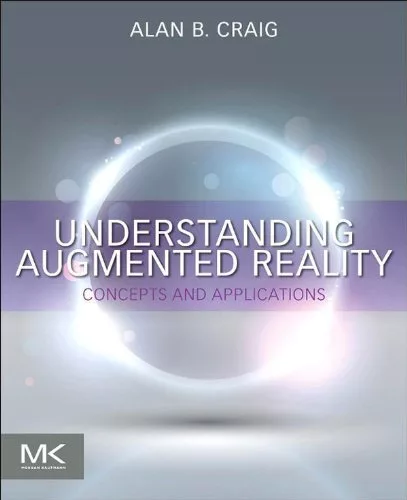Understanding Augmented Reality: Concepts and Applications
Augmented reality (AR) is a concept that has gained immense popularity in recent years. It has transformed the way we interact with technology and has opened up new possibilities in various fields, from gaming to education and healthcare. In this article, we will delve into the basic concepts of augmented reality and explore its applications in different industries.
I. What is Augmented Reality?
Augmented reality refers to the integration of digital information into our real-world environment, enhancing our perception and interaction with the surroundings. Unlike virtual reality, which creates a completely immersive experience in a simulated environment, augmented reality overlays digital content onto our physical reality, blurring the line between the real and virtual worlds.
II. Types of Augmented Reality
There are three main types of augmented reality:
1. Marker-based AR: This type of AR uses a marker or a predefined object to trigger digital content. When the marker is detected by a camera or sensor, the augmented content is superimposed on the marker, creating an interactive experience.
2. Markerless AR: Markerless AR, also known as location-based AR, does not require a marker to trigger the digital content. Instead, it uses GPS, compass, and other sensors to determine the user’s location and overlays relevant information accordingly.
3. Projection-based AR: In projection-based AR, digital content is projected onto real-world objects, surfaces, or spaces. This can be achieved using projectors or other display technologies, creating an interactive and immersive experience.
III. Applications of Augmented Reality
Augmented reality has found application across various industries, revolutionizing the way we work, learn, and play. Here are some examples:
1. Gaming: AR has transformed the gaming industry, allowing players to merge the virtual and real worlds. Games like Pokémon Go and Harry Potter: Wizards Unite use AR to superimpose virtual characters and objects into the player’s real environment, enhancing the gaming experience.
2. Education: Augmented reality has immense potential in education by introducing immersive and interactive learning experiences. Visualizing complex concepts, exploring historical sites, and conducting science experiments can be made more engaging and accessible through AR.
3. Healthcare: Augmented reality is being used in healthcare for various purposes, such as medical training and surgical operations. Surgeons can overlay patient’s medical data and guidance onto their field of view, aiding in precision and minimizing errors.
4. Retail: AR has transformed the retail industry by enabling virtual try-ons and enhancing the shopping experience. Customers can visualize how furniture or clothing would look in their homes or on themselves, improving decision-making and reducing returns.
5. Architecture and Design: Augmented reality has revolutionized the way architects and designers showcase their creations. Clients can experience virtual walkthroughs of buildings and interiors, enabling them to make informed decisions and visualize the final product.
IV. Future Potential of Augmented Reality
Augmented reality continues to evolve and is predicted to have an even greater impact in the future. With advancements in hardware and software technologies, AR devices are becoming more affordable, portable, and user-friendly. This opens up new possibilities for AR in fields like tourism, advertising, remote collaboration, and more.
In conclusion, augmented reality has transformed the way we perceive and interact with our environment. Its applications in various industries have paved the way for immersive experiences, enhanced learning, and improved decision-making. As technology continues to evolve, we can expect augmented reality to play a significant role in shaping our future.
Product Description:
| ASIN | B00CO2SSII |
|:—|:—|
| Publisher | Morgan Kaufmann; 1st edition (April 26, 2013) |
| Publication date | April 26, 2013 |
| Language | English |
| File size | 4616 KB |
| Text-to-Speech | Enabled |
| Screen Reader | Supported |
| Enhanced typesetting | Enabled |
| X-Ray | Not Enabled |
| Word Wise | Not Enabled |
| Sticky notes | On Kindle Scribe |
| Print length | 489 pages |
Product Rating: 3.5
Price: $58.95
(as of Oct 31, 2023 15:02:08 UTC – Details)
Disclaimer: This blog post may contain affiliate links for products sold on Amazon.com. If you make a purchase through one of these links, we may earn a small commission at no additional cost to you. All opinions expressed here are our own and we only promote products that we have tested and believe in. The Univer Geek Team


